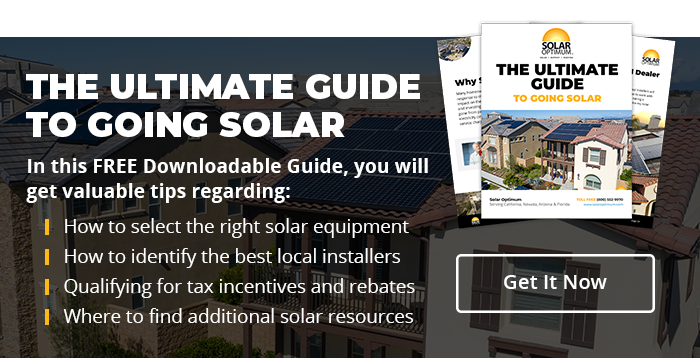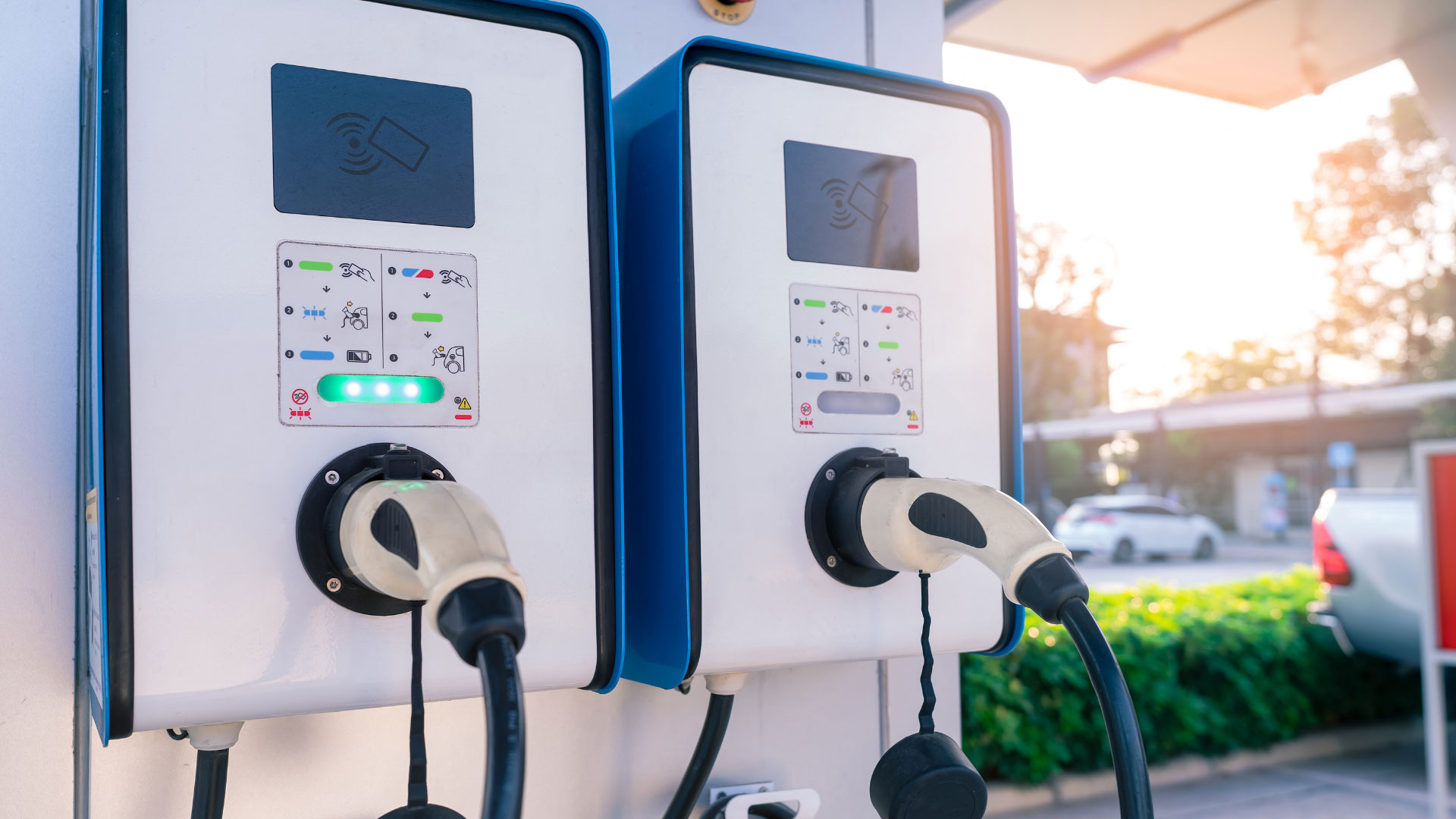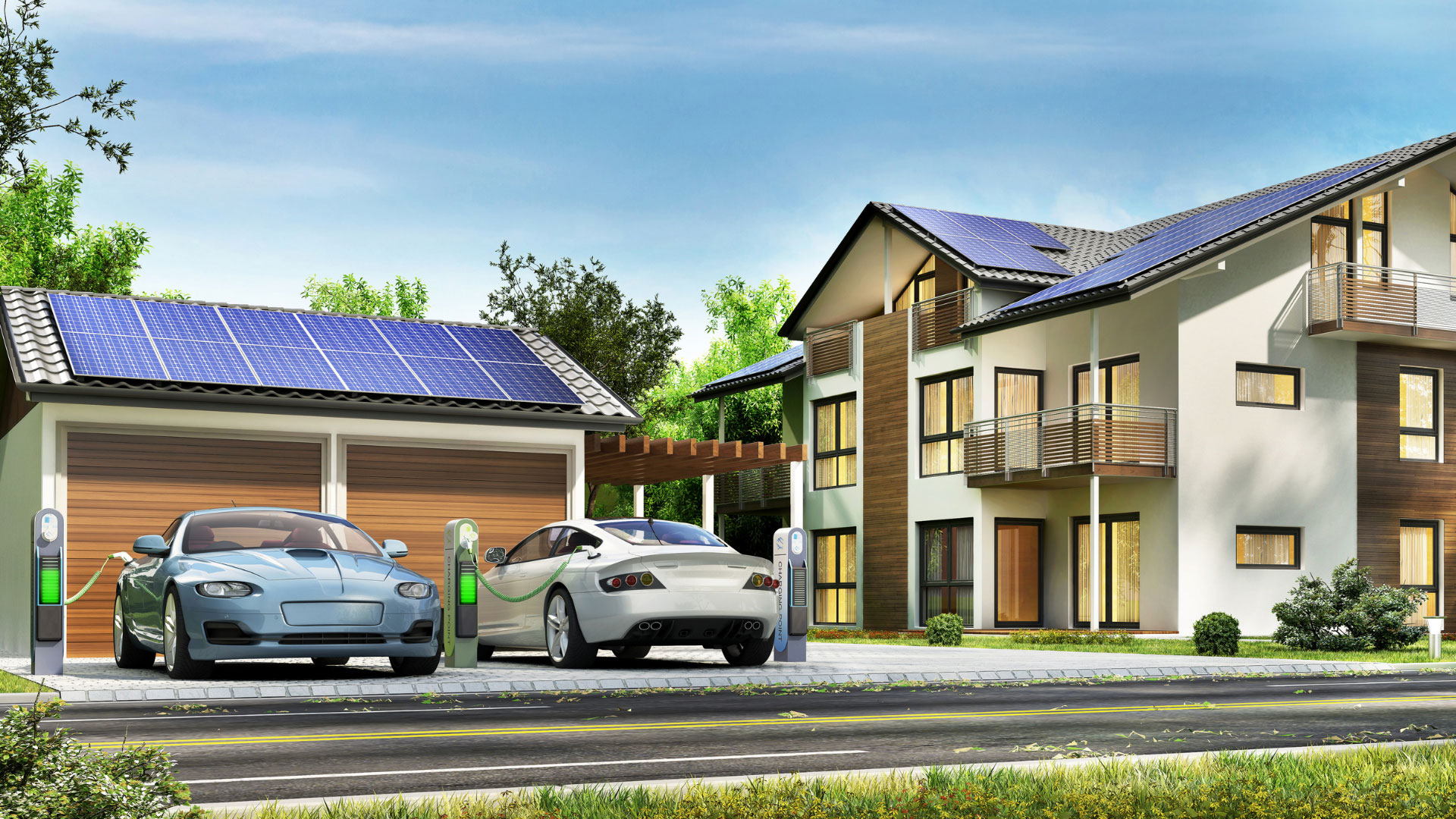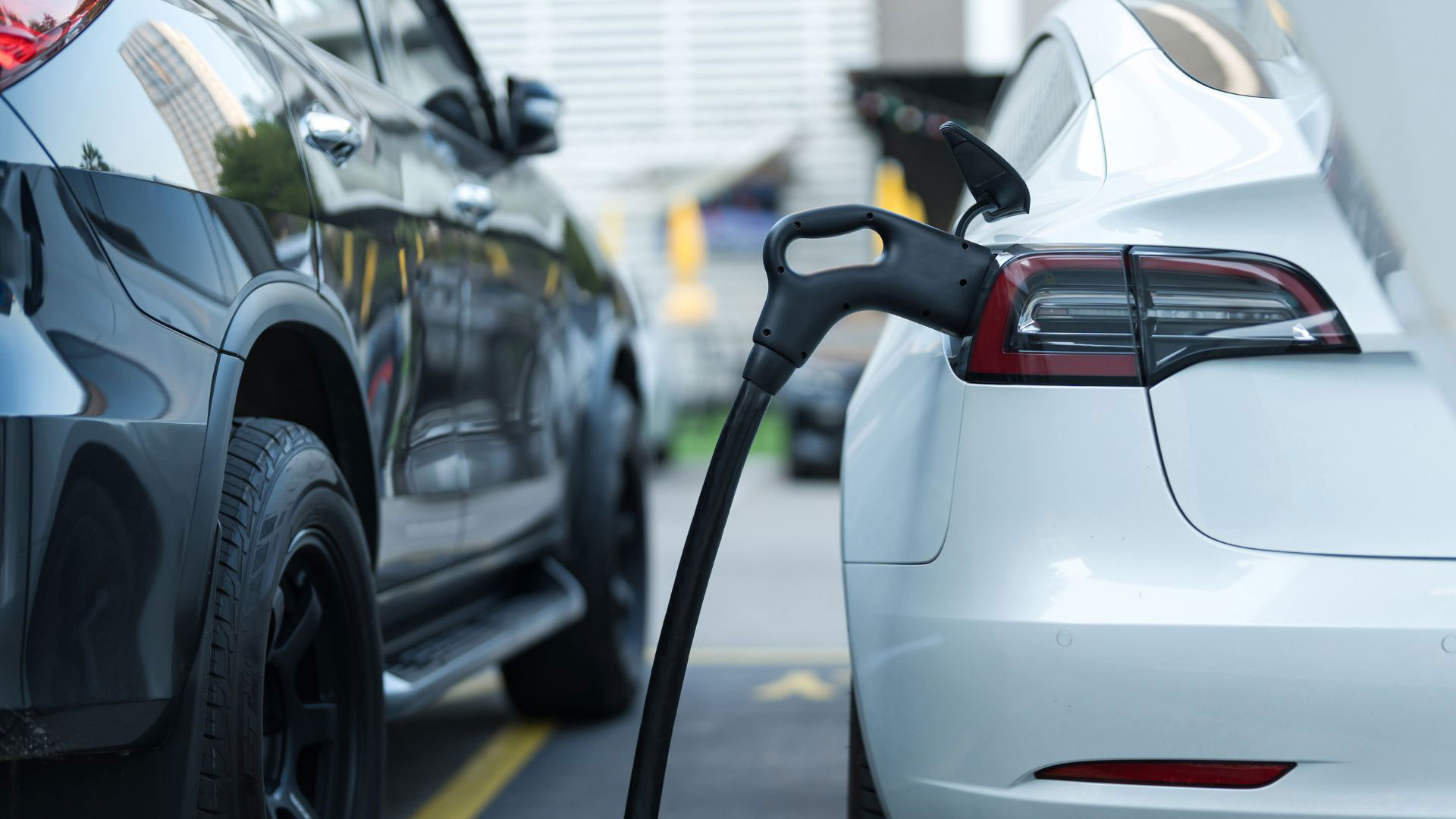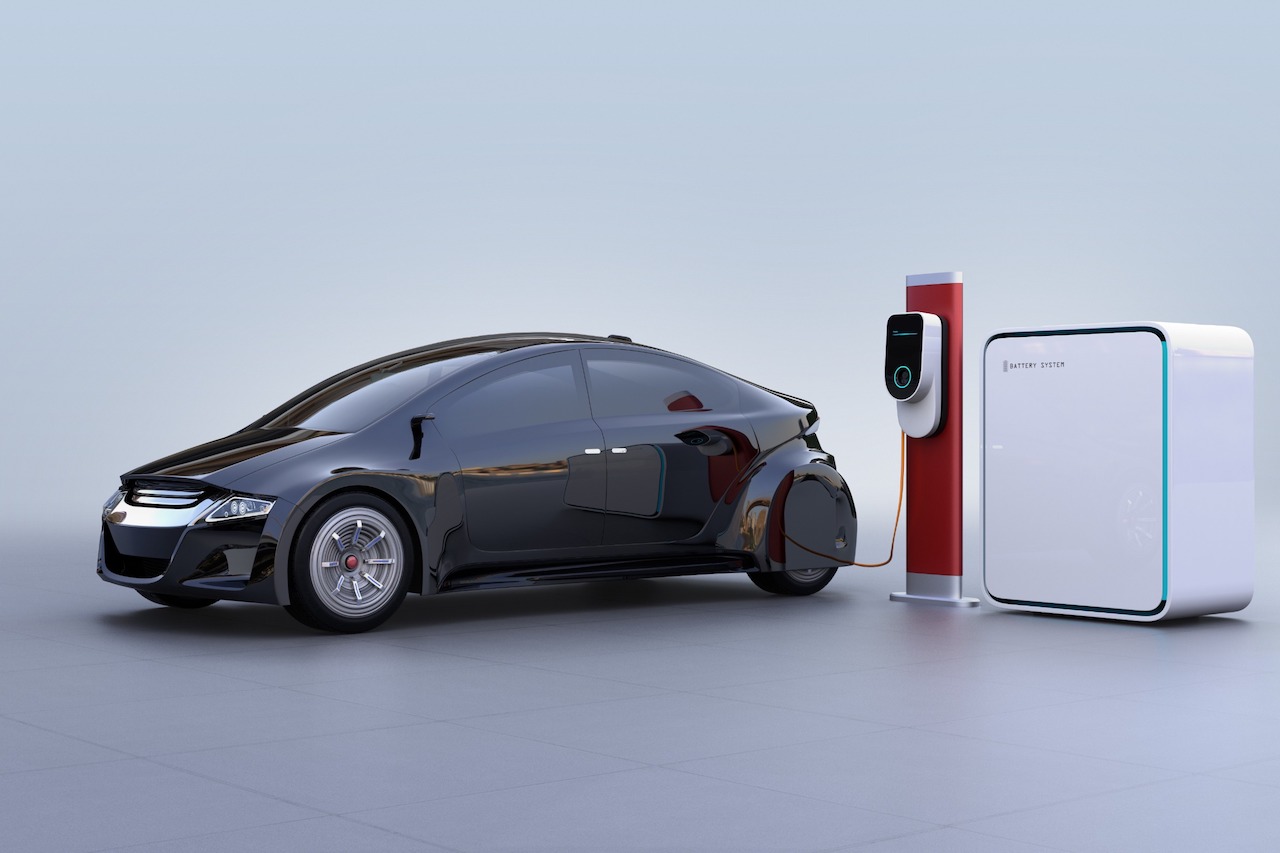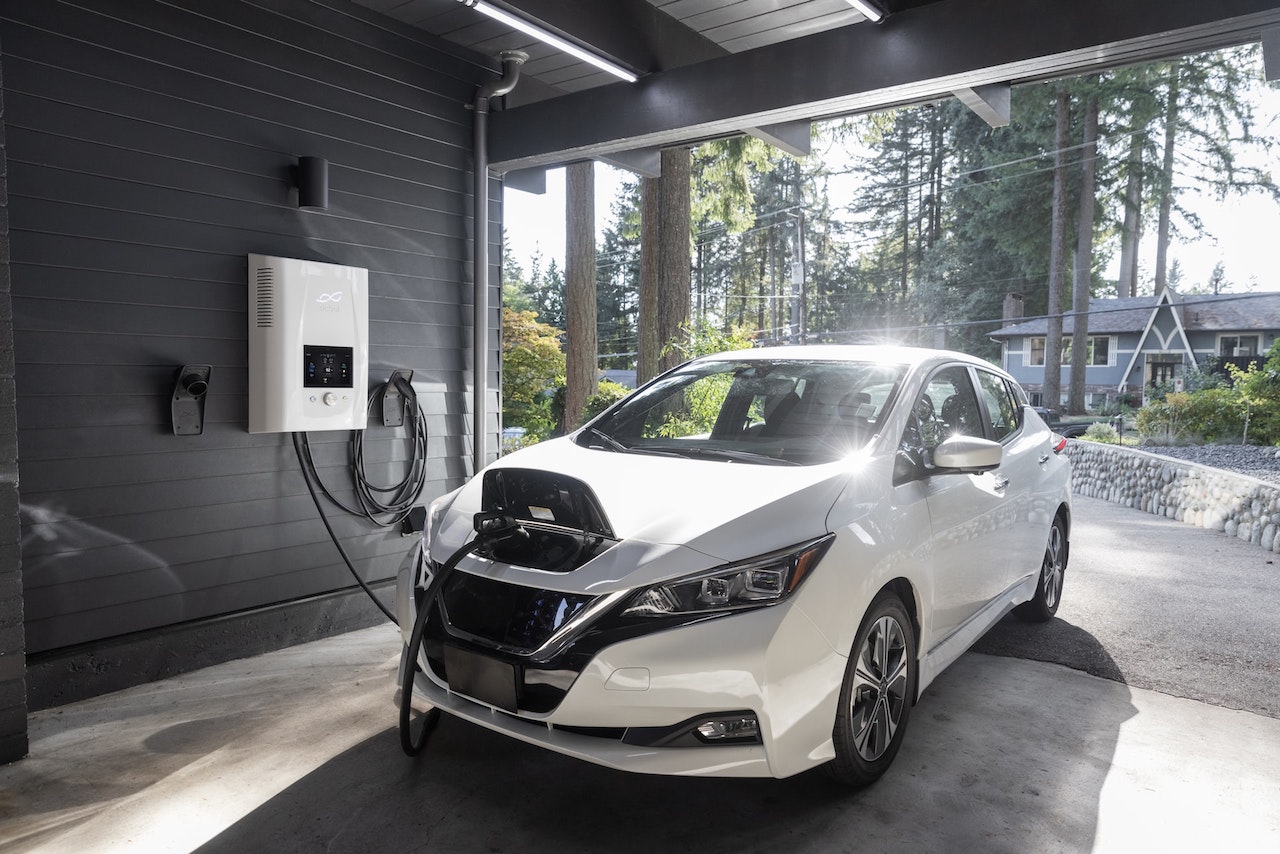As electric cars become increasingly popular across the United States, the number of charging stations is equally growing — and it’s no different in Nevada. There are about 1,100 public charging stations across the state of Nevada, and more infrastructure keeps coming to support the steady growth in electric vehicle ownership.
In this article, we’ll delve into more detail on the number of charging stations across the state, where they’re located, and what kind of charging is available.
What Is an EV Charging Station?
An electric vehicle charging station is a port where electric cars are powered. The station, also known as the electric vehicle supply equipment (EVSE) port, connects to an electricity source and supplies power to the car using a connector (charger).
Electric vehicle charging works in the same way other electrical devices work. The connector (charger) pulls power from the EVSE to charge the car’s battery. You can install an EV charging station in your home or charge from a public station, which can usually be found in parking lots and garages. Some workplaces have charging stations installed as an additional option.
Number of Car Charging Stations in Nevada
Electric vehicle infrastructure in Nevada is developing rapidly. As we mentioned above, there are currently about 1,100 public electric charging stations in the state, but that number is very likely to grow in the coming months and years.
Most of Nevada’s charging stations are located in Las Vegas, given it’s the state’s most populated area. But you can find plenty more in smaller towns and cities. Here’s a list of the distribution of all public car charging stations in Nevada:
- Las Vegas – 939
- Henderson – 135
- North Las Vegas – 22
- Reno – 225
- Sparks – 63
- Carson City – 44
- Mesquite – 30
- Elko – 17
- Gardenville – 12
Types of Charging Stations
Typically, charging stations come in three different levels, with varying features such as power supply requirements, charging time, and range added per hour. Here is a rundown of the three levels.
Level 1 Charging Stations
Level 1 stations use a 120V power outlet and are most ideal for charging plug-in hybrid cars at home, though you can also find them in workplaces and public charging points. They have the slowest charging speed of 5 miles added per hour, which is inconvenient for electric vehicles.
Charging connectors used with level 1 charging stations include J1772 and Tesla.
Level 2 Charging Stations
Level 2 charging stations use 240V power supply and are common in shopping centers, urban roadsides, car parks, train stations, workplaces, and some homes. They have a faster charging speed than level 1 stations, about 12-18 miles per hour. These stations use the same J1772 and Tesla connectors as level 1 stations.
Level 3 Charging Stations
Level 3 charging stations use 400-900V power supply and are commonly found along highways. They have the fastest charging speed of about 3 to 20 miles per minute. Level 3 charging uses direct current (DC), unlike levels 1 and 2 that use alternating current (AC). Connectors used with level 3 charging include the Tesla supercharger and CHAdeMO.
Have an EV in Nevada? Charge Up with Solar Power
If you’re thinking about purchasing an electric vehicle in Nevada, you’ll be happy to know that the state has a growing network of public charging stations. But these chargers are not free to use, and they can sometimes be inconvenient if they are broken, occupied, or out of your way. The best way to power your EV in Nevada is by installing solar panels on your home and charging your vehicle with the free, emission-free energy created by your residential solar system.
If you own an electric car or are planning to buy one, our team at Solar Optimum can help you make the switch to solar with ease. Contact us today to learn more about your options.
